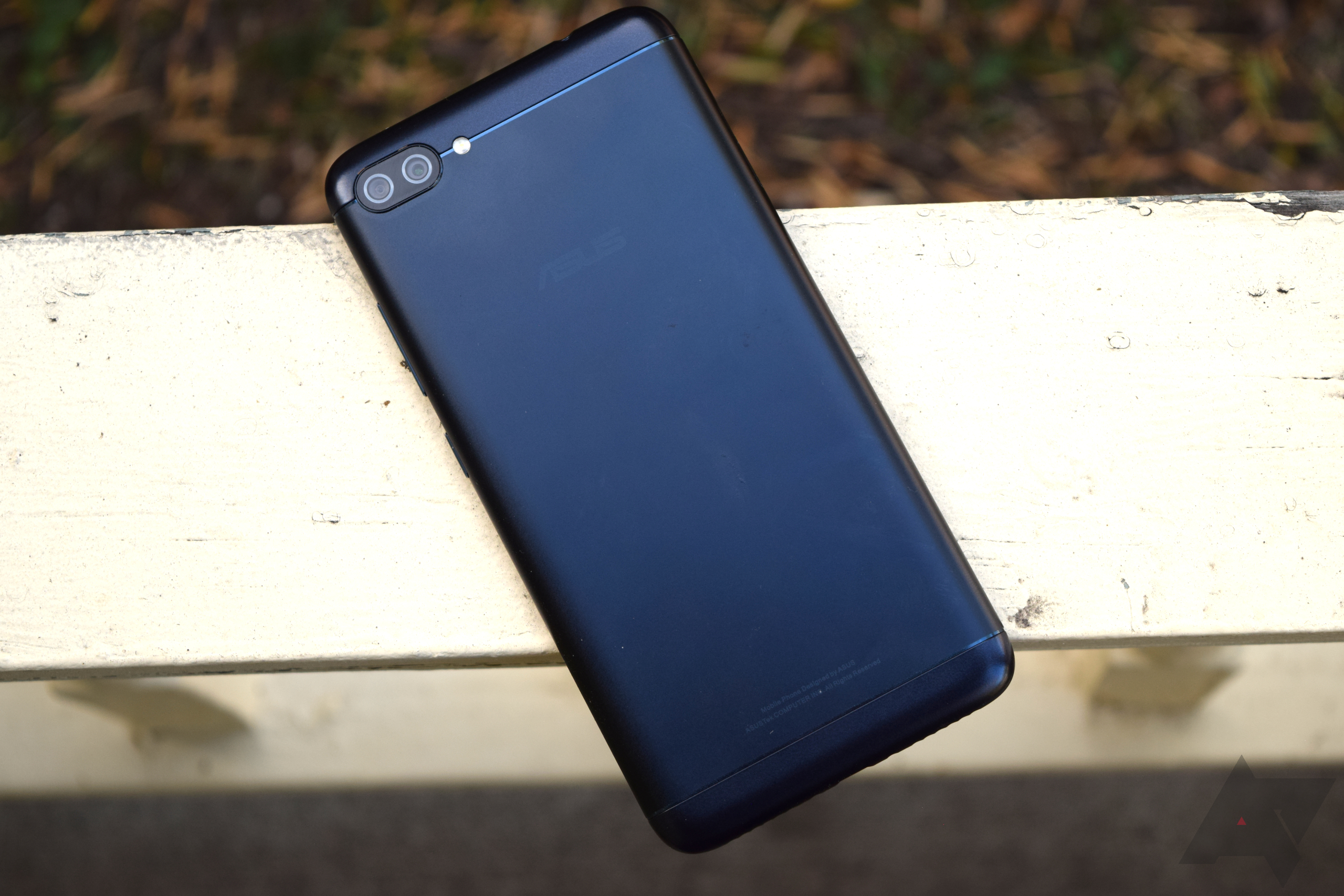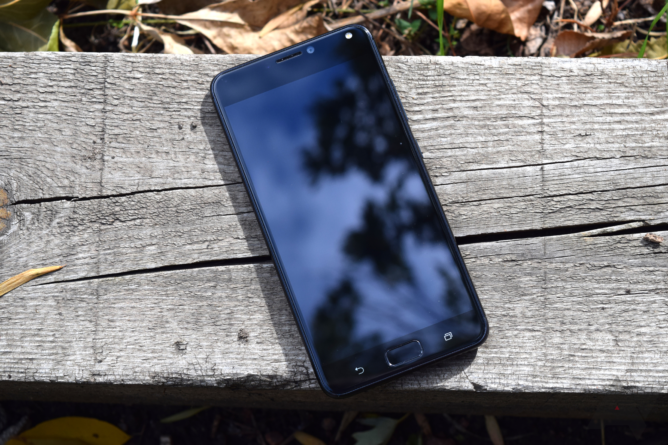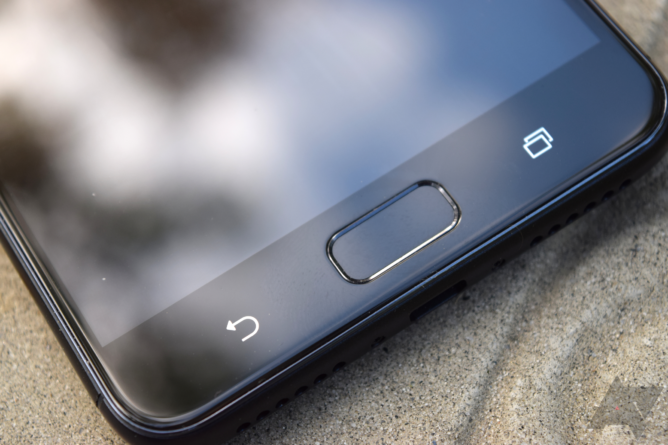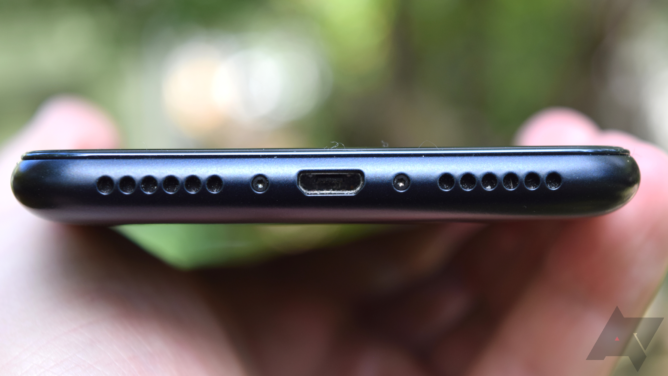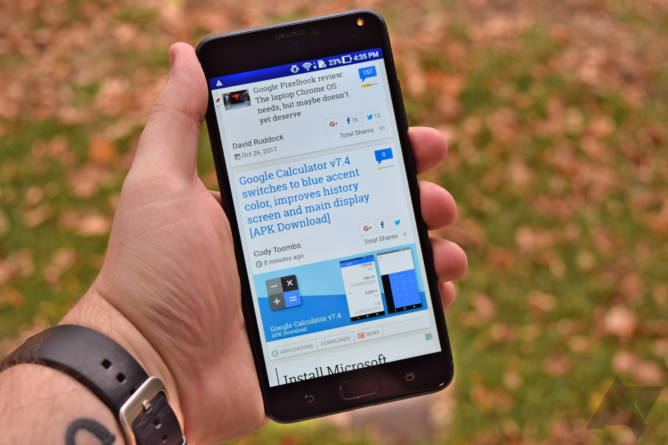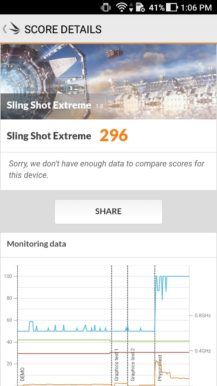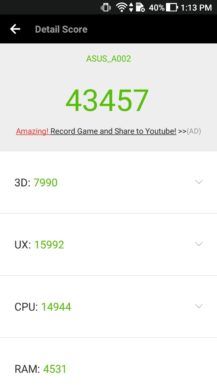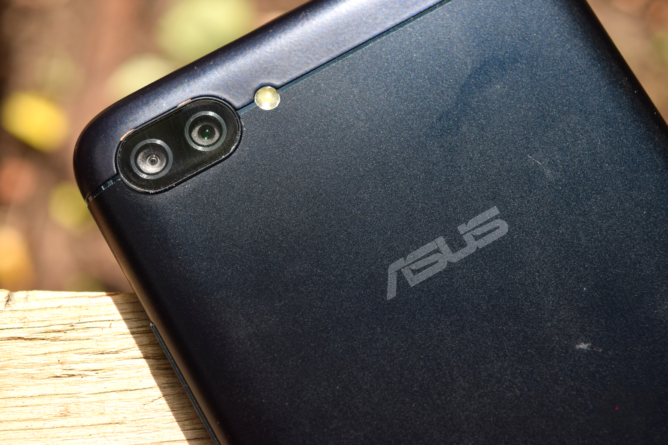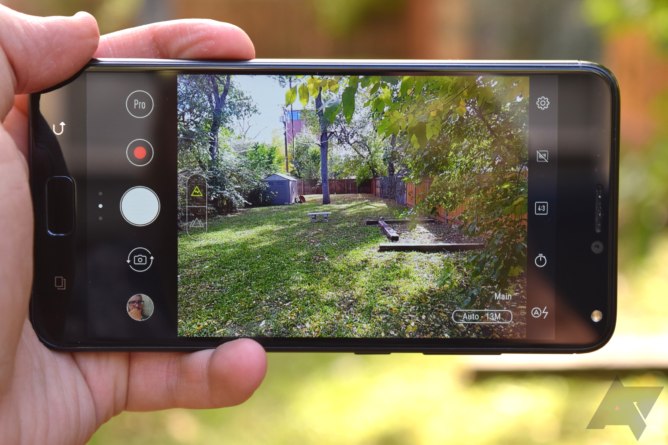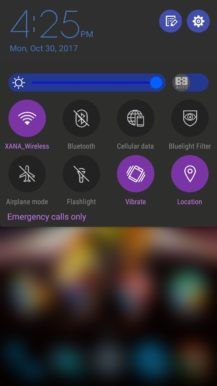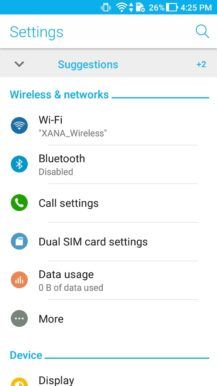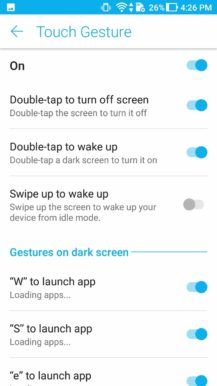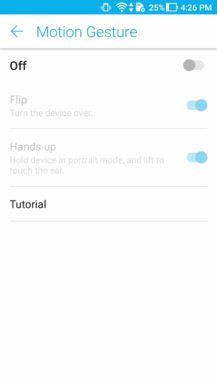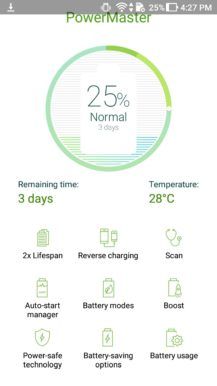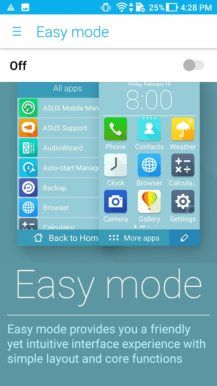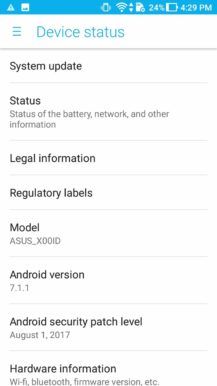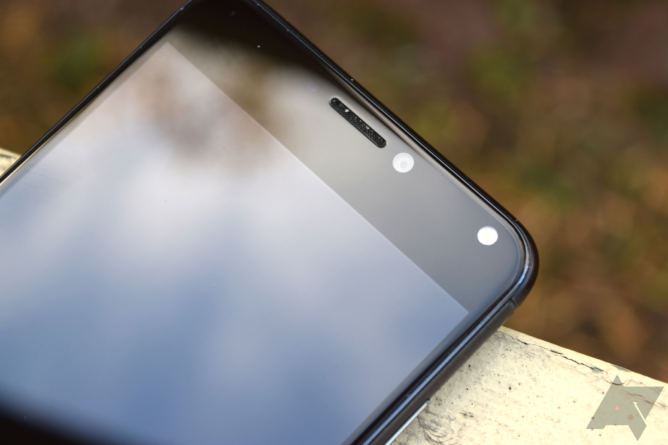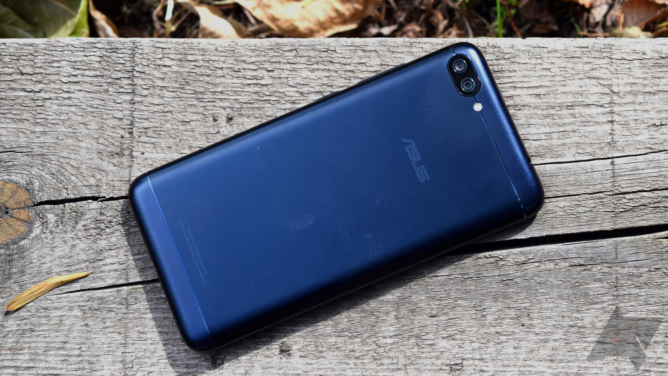Quick Links
Asus just announced its Zenfone 4 family of devices a couple of months ago, creating a convoluted and confusing portfolio. To kick things off, we have the Zenfone 4 Max on the lower end of the group. For $199, you get budget-level specs, except for the massive 5,000mAh battery. Besides it just being large and providing a lot of life, the Zenfone 4 Max's battery can also charge other devices. Cool, right?
That's about where the positives end. I have no problem with low-tier hardware because I've seen it put to good use, but when you slap a very heavy "skin" on top of Android, you're bound to run into some issues. That's exactly what happened with the Zenfone 4 Max: Asus' ZenUI mars the experience and usability of the phone. The "premium" build quality of the device is suspect at best and I have to question some of the decisions that Asus made with the Zenfone 4 Max.
SPECS
|
Display |
5.5" HD IPS LCD; 267 ppi |
|
Software |
Android 7.1.1; ZenUI |
|
CPU |
Snapdragon 430 |
|
GPU |
Adreno 505 |
|
RAM |
3GB |
|
Storage |
32GB; expandable via microSD |
|
Cameras |
13MP+5MP rear; 8MP front |
|
Battery |
5,000mAh; reverse charging |
|
Misc |
Fingerprint sensor, 3.5mm jack, microUSB |
|
Connectivity |
Wi-Fi 802.11 b/g/n; dual-SIM, LTE Bands 1/2/3/4/5/7/8/12/17/18/19/20/28/38/41 |
|
Measurments |
154 x 76.9 x 8.9 mm; 181 g |
|
Colors |
Black, rose gold, gold |
THE GOOD
|
Battery life |
With such a huge battery, this is pretty obvious. This phone is very difficult to kill, usually netting me roughly two and a half days of use on a single charge. |
THE NOT SO GOOD
|
Software |
This the older, clunkier version of ZenUI that's just hideous. At least Nougat 7.1.1 is running under it all. |
|
Navigation |
While I dislike capacitive keys, these really irritate me. Instead of being backlit, they're just reflective. Useless at night. |
|
Performance |
The Snapdragon 430 does not handle this heavy-handed version of ZenUI well. Plenty of stutter and lag. |
|
MicroUSB |
Come on, this late in 2017? A minor thing, yes, but still an annoyance. |
|
Build quality |
The phone creaks and cracks when even slightly flexed (like in a pocket). I am suspicious of its long-term durability. |
Design & display
Asus has certainly improved its smartphone design in the last year or so. The Zenfone 4 Max is the Taiwanese company's attempt to bring "premium-ness," both in design and build quality, to a budget phone. The end result is shy of success, thanks to a few stumbles and strange areas.
Let's start with the design. From the front, the Zenfone 4 Max looks like pretty much every Asus phone we've seen in the last while: thick bezels, capacitive navigation keys, and a home button that doubles as the fingerprint sensor. With such a massive focus on photography, Asus decided to put in a single-LED selfie flash in the right corner of the top bezel. The 8MP front camera isn't too far from it. While we're here, let's talk about one extremely strange design choice. Asus is a huge fan of capacitive navigation keys. Even though I don't like them, the back and recents buttons on the Zenfone 4 Max don't light up. Yeah, that's right, the reflective coating is supposed to act like a backlight here. Spoiler: it absolutely fails at that. Of all the hardware decisions on this phone, this one is probably the dumbest.
Flipping the phone over, the unassuming back of the device bears some resemblance to the OnePlus 5 with the dual-camera module hugging the top left corner and the Asus logo right where your index finger comes to rest. In short, the ZenFone 4 Max is rather boring in its appearance, which isn't necessarily a bad thing. The phone is mostly metal, save for the plastic bands that cover the top and bottom edges of the device. The whole phone itself does not feel well-constructed, however; instead, it creaks and cracks with even the slightest flex, such as when I put it in my jeans pocket and sat down. The front glass looked like it was starting to separate from the main body of the phone, something I've experienced with other Asus devices as they age. In short, the construction is a very sore point for the Zenfone 4 Max, disappointingly so.
Thanks to the huge 5,000mAh battery, this is one chunky phone. It's thick and heavy, which wears on your wrist after using it for extended periods of time. The glass on the front stops at each side of the phone with a sharp drop-off, meaning your fingers just fly off if you swipe hard enough. It's a jarring thing at first, especially after using phones where the glass either meets the frame smoothly or curves off down the edge.
In all, the Zenfone 4 Max is just boring. There's nothing exciting about its design or anything. For a phone in this price range, I cannot fault it for failing to impress — that's just the nature of the beast.
At 5.5" diagonally, the IPS LCD display is... tolerable. It sits at a less-than-ideal 720p resolution (not surprising), meaning that pixels are stretched pretty thin. The entire UI looks like the magnification is set to the fullest extent possible which, when combined with this version of ZenUI, makes the entire user interface feel cartoonish. While I, being a person with thick fingers, appreciate large touch targets, this goes a bit too far.
In general, however, the display isn't too bad. Like most of the Zenfone 4 Max, it's plain and functional. Colors are okay, but they're rather washed out and paler than they should be. On my review unit, ZenUI prohibits me from using Asus' color adjustments, including the "Super Vivid" and blue light filter modes, for some reason that I cannot fathom. Brightness was also in the "just fine" territory, but the viewing angles were excellent.
Performance & battery life
At $199, you shouldn't expect beastly performance out of this phone. The Snapdragon 430 is a decent SoC, but I found several instances of lag and stutter when using the Zenfone 4 Max. ZenUI really bogs this thing down sometimes, to the point where it takes several seconds to open an app, go back to the home screen, or even answer a call.
For the majority of my time with the Zenfone 4 Max, I was pretty disappointed with the overall performance. Those lags and stutters happened often enough to stick in my mind. One or two every now and again is fine, but several in the span of a few hours becomes frustrating. And, of course, this being a budget phone, there are plenty of RAM-conserving issues to be found, too, though Asus isn't as bad about this as other OEMs like Xiaomi or Huawei. Still, 3GB is plenty enough, which is why I find myself annoyed to see such strict memory regulation.
The battery life is where this phone shines. The 5,000mAh cell goes forever... well, not really, but you know what I mean. I took the phone off the charger one morning with the battery at 100% and didn't plug it in again until two days later. Bear in mind that I was using this phone regularly, so color me impressed. On idle standby, the battery life is even better.
One other interesting feature is reverse charging, i.e. the Zenfone 4 Max can act as an external battery back for your other devices. That's pretty neat and Asus even includes a compatible cable — it's just a male microUSB to female USB-A dongle. I like to see this sort of thing and I used it while I was simultaneously testing another Asus phone. It came in handy, for sure.
Camera
The camera performance is where Asus has firmly placed its focus (heh) for this phone. Without a doubt, you can eek out some decent photos in the right lighting conditions, especially given the price point. On the back, the dual setup is comprised of a 13MP main shooter and a 5MP 120° wide-angle lens. Like I said earlier, you get 8MP on the front with a single LED flash.
What this phone puts out will never come close to what you'll see in the higher-end spectrum of smartphone photography, obviously, but image quality is decent on its own merit. With proper lighting, photos have accurate colors, good white balance, and above-average sharpness. Detail is definitely good enough for social media, especially Instagram, which is what Asus seems to be aiming for.
Low-light is, understandably, hit or miss; however, my results ended up being much better than I expected. There's still plenty of noise, but I've seen far worse in recent months. My biggest problem, though, is with the autofocus — it's horribly slow, inaccurate, and more annoying than helpful. Dynamic range is also disappointing, but using HDR helps in many cases. The main camera is not without its flaws, but I respect what Asus managed to squeeze out of it given the budget price of the phone.
I do not typically use front cameras more than once a month, but since the selfie game is where Asus wants the Zenfone 4 Max to succeed, I think it's appropriate to talk about it. In short, it's pretty terrible. The flash is less than useless; it actually makes the photos worse. In every one I tried, in multiple lighting conditions and environments, the camera took my ruddy complexion and blew it out of proportion (much like the Beautify feature you see on phones these days). Normally, you wouldn't catch me ever posting photos like this anywhere, but it's just part of the job I suppose.
Asus' camera UI is good. It's non-intrusive with the options most people need readily accessible. The top bar houses the settings, HDR, aspect ratio, timer, and flash toggles; along the bottom are the Beauty toggle, camcorder and shutter buttons, front/back camera switcher, and the gallery. Quick options like panorama and GIF animation are just a swipe to the left, while a right swipe gives you a selection of filters to choose from.
Software
Asus has not had a good history with software, in both UX and updates. In 2017, I have seen the company improve quite a bit, though there's still a long way to go. At the moment, I believe there are at least two different versions of ZenUI floating about on different devices — the ZenPad Z10 and Zenfone V on my desk are running a much smoother, lighter version of the skin than the Zenfone 4 Max is.
I think of this ZenUI version much like I do the older days of Samsung's TouchWiz. There's a stubborn adherence to form, even if that form is clunky. It is definitely cleaner than past versions, though not so much as we saw on the Zenfone AR. I am not a fan of the aesthetics that Asus has opted for here. There is more uniformity than we've seen in past iterations, like in the ZenUI Launcher options, but the software is still in your face with its huge icons, seemingly random color choices, and underlying awkward design. I did notice, however, that animations are smoother than I remember on this version of the skin, so kudos to Asus for cleaning that up.
Themes are still supported, though they don't really do anything. Unlike other OEM theme systems, like Xiaomi's, the ones you can get from Asus' store change very little with the interface at all. Not to mention that the free ones are mostly garbage; any decent theme will cost you a few bucks. No, thanks.
What frustrates me with this version of ZenUI, besides the fact that Asus can't seem to figure out a cohesive design across its device portfolio, is that it hasn't been altered much at all since the Lollipop days. There is little improvement, except in smoother animations, and that is irritating. I rail on Xiaomi for this very stubbornness, and Asus is no exception.
Like with previous Asus phones, the Zenfone 4 Max pushes the memory and "power" booster hard. While I found it laughable on the Zenfone AR, I can almost see why Asus would push it on this phone. That being said, it often creates more problems that it resolves. Using it causes my smartwatches and headsets to disconnect, which then require a manual reconnect, and apps like Google Play Music or Maps to close. Luckily, unlike some other OEM skins, clearing recent apps does not trigger the memory booster. Thank God.
Asus has included a new setting called PowerMaster, which is a comprehensive list of everything related to your battery and performance. Each of the nine items has its own submenu with options or extra monitors (like voltage and current protection modules). While it seems pretty neat, PowerMaster is mostly useless. It adds another step to get to battery stats, power-saving modes, and the pointless Auto-start Manager. We've actually seen the latter before — it acts like the Windows start-up manager, where you can tell the phone what apps to prevent from running at boot. It's a cool idea, but I've yet to see any noticeable improvement in general use.
I cannot, for the life of me, understand why Asus reverted to the older Lollipop/Marshmallow builds of ZenUI. Despite Nougat 7.1.1 being on board, the Zenfone 4 Max's software feels horribly outdated. This is made all the worse by the fact that we've seen a better ZenUI on other devices. Come on.
Value
I'll be really honest here: if the Zenfone 4 Max cost any more than $199, I'd give it a hard pass. Even as it is, I still would have a hard time recommending it over, say, the Moto G5 Plus that only costs $30 more. You'll get a better software experience at the cost of the selfie flash and the ridiculous battery life. But the Moto comes with the Snapdragon 625, too, so that's worth keeping in mind.
The shortcomings, like the conspicuous and annoying ZenUI and the dubious build quality, make me want to say save your $30 and give the Moto G5 Plus a try. But if you're really after a monstrous battery that lasts for days, and a selfie flash, then I'd say go with the Zenfone 4 Max. The vast majority of you, I think, do not fit into that category. Therefore, the Zenfone 4 Max is not the best way to spend your $200.
Conclusion
Like with many phones that I review, I had to remember while using and reviewing the Zenfone 4 Max that I, personally as a consumer, do not represent the target audience for this device. It's aimed at someone who wants the best bang for their buck, even if this phone does not fit that criterion.
Budget phones are hard to talk about without pulling their MSRPs into the discussion. We often talk about how some piece of the device is "good for the money," even if they are aren't so positive on their own merit. A poor user experience, however, can never be excused, regardless of price. This version of ZenUI is not good, especially since it noticeably bogs down the already low-tier hardware.
We can brush off the shoddy display, average camera, and suspicious build quality with the budget phone argument, but I cannot recommend this phone based on the points addressed — again, unless you're specifically looking for a phone with a massive battery that isn't practically a tablet.
Buy: Asus

